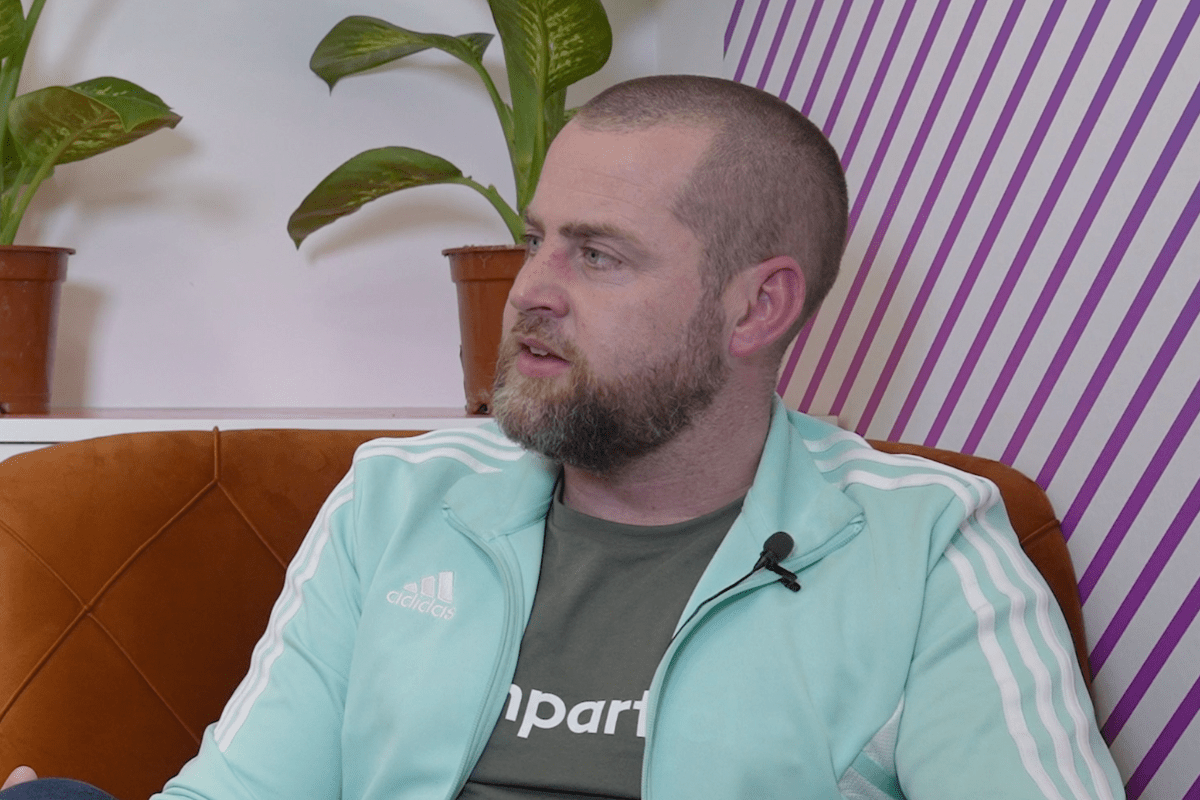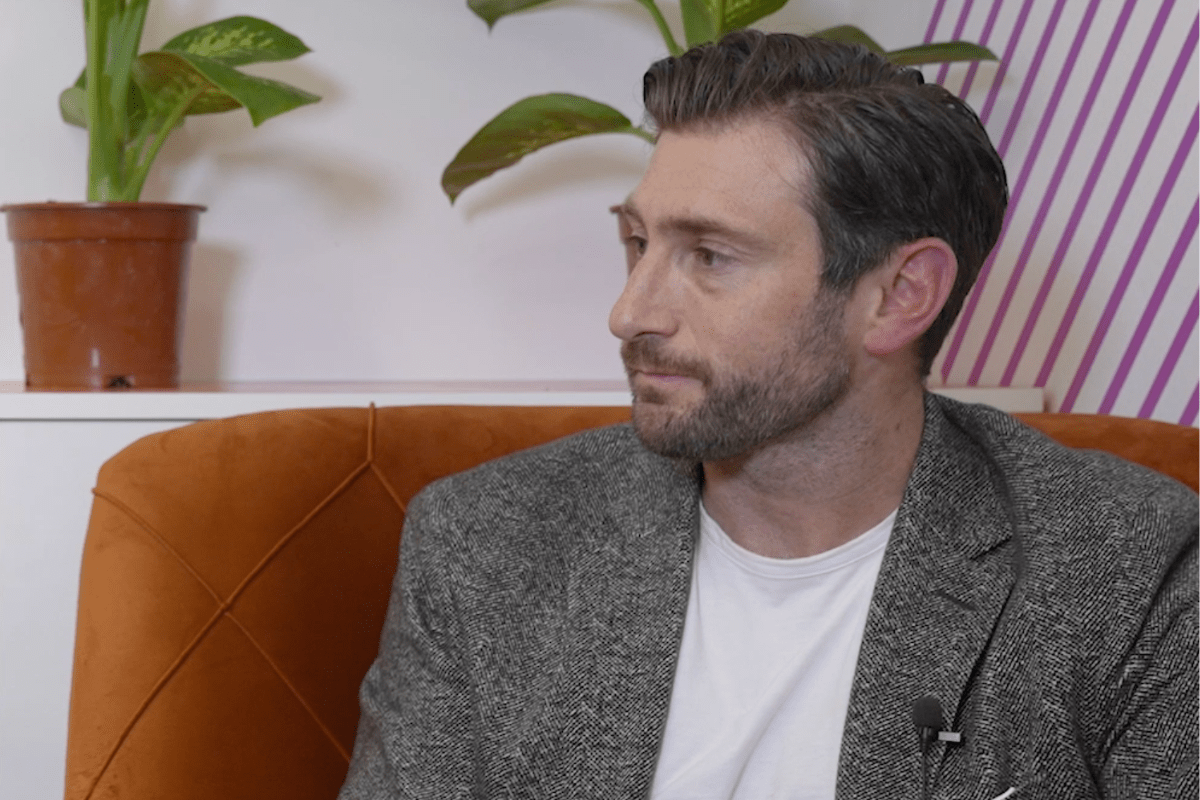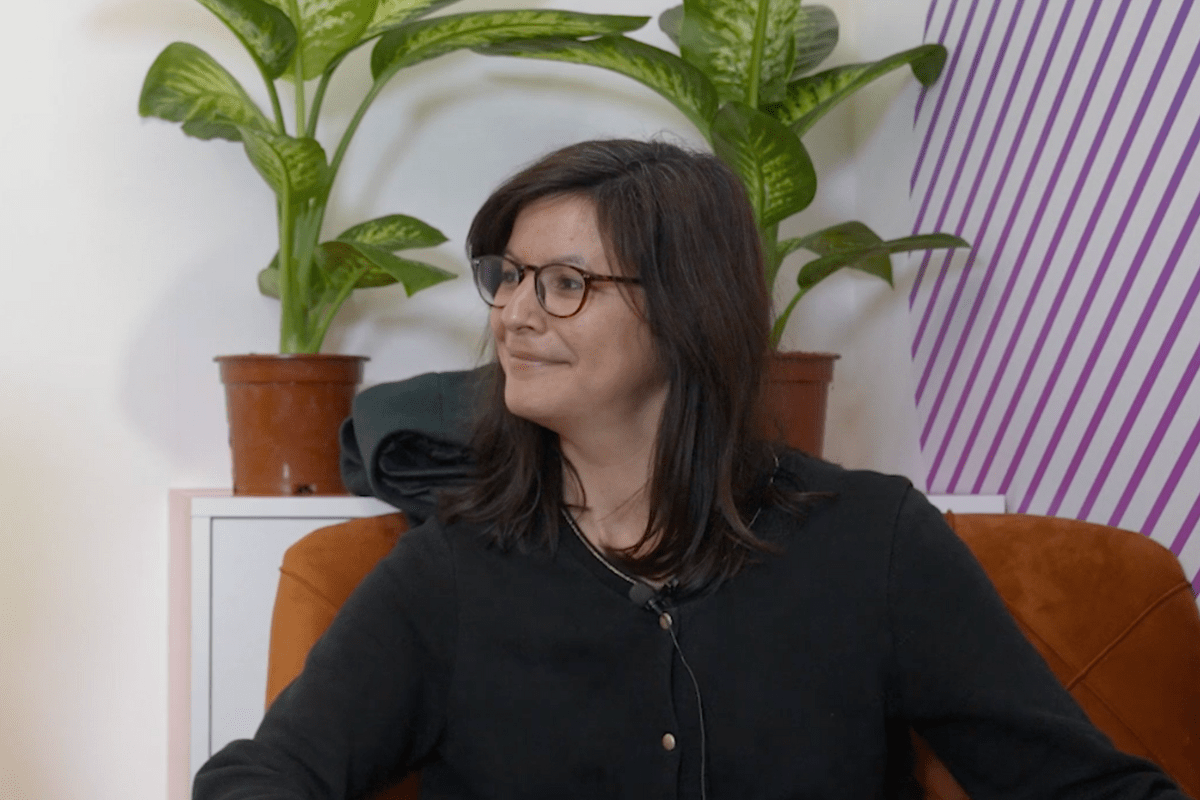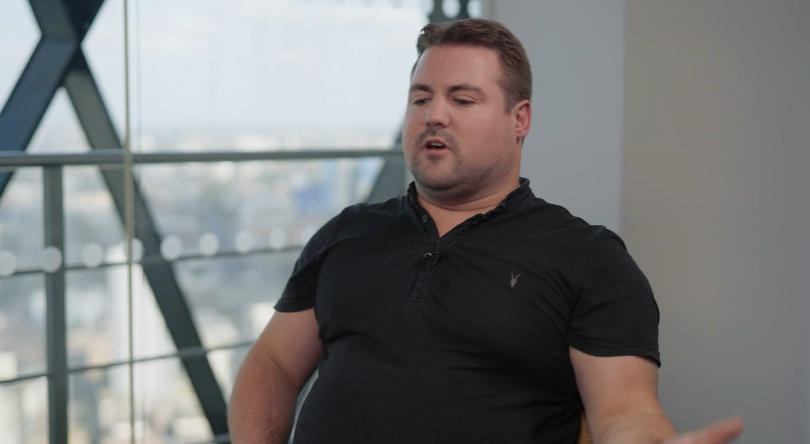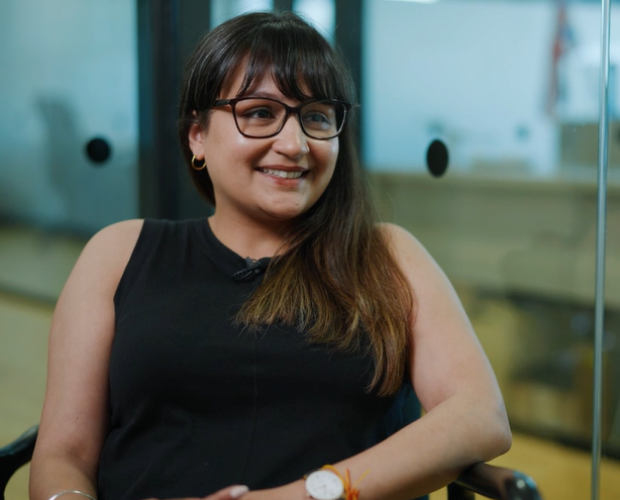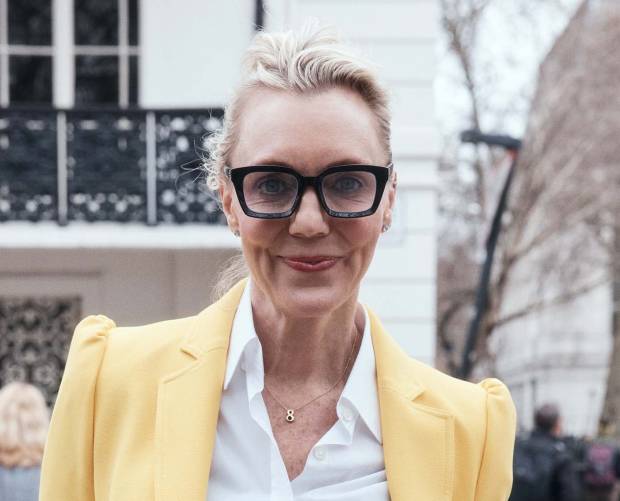From First to First: Net-a-Porter
- Thursday, October 16th, 2014
- Share this article:
 Net-a-Porter was the first brand ever to have a transactional retail app, launching on iOS back in 2009. A year later, it became the first luxury retailer to launch a shoppable magazine on the App Store.
Net-a-Porter was the first brand ever to have a transactional retail app, launching on iOS back in 2009. A year later, it became the first luxury retailer to launch a shoppable magazine on the App Store.
“On mobile, we set the bar high for ourselves from the very start,” says Net-a-porter group mobile manager Sarah Watson.
The retailer has worked to continue this legacy of pioneering, even as it becomes increasingly difficult to find a true first on mobile. In February this year, its magazine became the first to go global, in both digital and print formats, with an accompanying app to scan the latters pages, and it has also started to investigate wearable technology.
“Were the first retailer to sell Google Glass in the UK and US,” says Watson – Net-a-Porter is offering a variety of styles from designer Diane von Furstenberg, with a £1,250 price tag. “But were also starting to think about how will people interact with our brand on those devices.”
Mobile
40 per cent of Net-a-Porters sales now come from mobile. As for how this breaks down between apps and the web, Watson says: “It really is 50/50. We see people coming across them in different ways, and using them for different reasons. The app is very popular with existing customers, but the mobile web is just very accessible, whether its via Google search, email, or links pointing directly to the site.
“Whereas web users might be coming in and then out, to download an app you have to already have investment in the brand, so we tend to see customers who are very engaged.”
These sites and apps are developed by Net-a-Porter in-house, by one of its three dedicated mobile teams, one for each of its brands: the male-oriented Mr Porter, discount outlet Outnet, and Net-a-Porter itself.
“Each team is focused on innovation, keeping things fresh and up to date, finding new things we can try,” says Watson.
“The great thing about mobile is that its constantly shifting, so theres always something new and exciting to try. But this also means that customers are used to change in this area – updating apps, buying new phones – so it can be a platform for trying new things, which you can maybe fold back into other channels if successful.”
Social shopping
Right now, the best example of this experimental approach is Netbook – a social shopping app, which enables users to share fashion items they like on a public profile. “We did research and discovered that people arent just inspired by celebrities and fashion bloggers, but by the people they see day-to-day,” says Watson.
Netbook has been in beta since 2013, being trialled on an invite-only basis, and the app is seemingly still evolving. The concept isnt too dissimilar to a shoppable version of Pinterest, where users are limited to sharing items that are stocked by Net-a-Porter – though this could change in future.
“At the moment, its very focused on the products,” Watson says. “Weve got lots of different plans, but were going to start in the area we know best, which is products, and then move into content.”
Sarah Watson will be speaking at the Apps World event on the topic of Using mobile to drive social commerce on Thursday 13 November.






